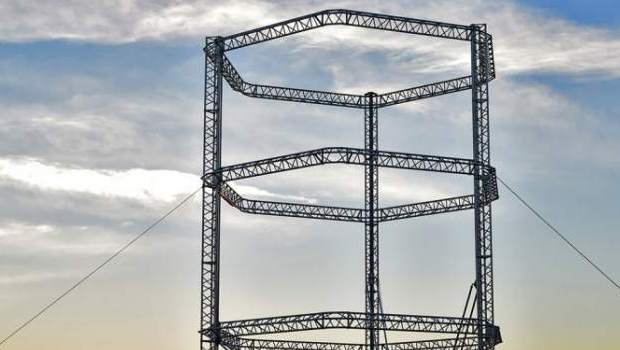INTRODUCTON
3D printing sometimes called as additive manufacturing is a process of making three dimensional solid objects from a digital file. It is particularly useful for prototyping and for the manufacture of geometrically complex components.
It was first developed in the 1980s, but at that time was a difficult and expensive operation and so had few applications. It is only since 2000 that it has become relatively straightforward and affordable and so has become viable for a wide range of uses including product design, component and tool manufacture, consumer electronics, plastics, metalworking, aerospace engineering, dental and medical applications, and footwear. Depending on the technique used, printing can produce multiple components simultaneously, can use multiple materials and can use multiple colours.
3D Printing in Real – Estate & Construction Industry:
3D printers will eventually become a common item in our daily lives. It is coming into real estate in a big way. Global Futurist Jack Uldrich gave a keynote speech in Charlotte, NC, in which he discussed the application of 3D in real estate and evolutionary industries. He said that General Electric had printed the operational components of a jet-aircraft from 3D printing and by 2017 they would 3D print all the aircraft engine components. This has a huge implication the real estate segment as the parts which are imported in ships from various places in Asia and installed at the site of construction. But this will no longer be the case, with the growth of 3D printing. Big and small 3D printing will be done on the site and used for constructions. A two-storey 3D printer has been built and installed in Italy and aims at building cost-effective houses for the poor.
Uldrich highlighted the development of 3D printing technology and its impact on the streams like real estate. WASP’s collaboration with BigDelta in building their 12-meter-tall 3D printer, to provide affordable housing issues in developing countries. With BigDelta, the team at WASP is engaged at developing their “technological village” in Italy, where they are printing ‘adobe’ homes in clay and mud.
Real estate could witness a huge revolution with this technology. It could make cost-effective homes at lesser cost, time, and labor.
3D printing in real estate will not be limited to smaller buildings. Dubai plans to 3D print 25% of its buildings by 2030. Dubai also houses the first 3D printed building which took only 17 days and 18 people to construct it. This is a huge breakthrough, and with the growth and involvement of 3D printing in various fields, this could mean a total remodeling and reshaping of the sector.
